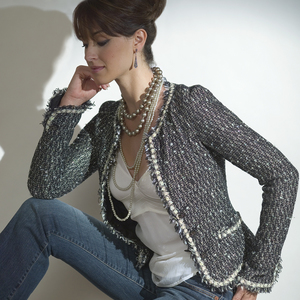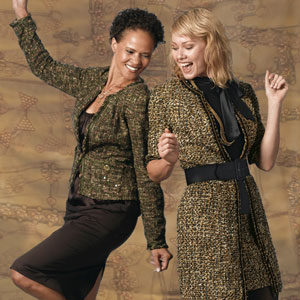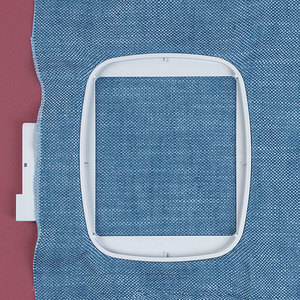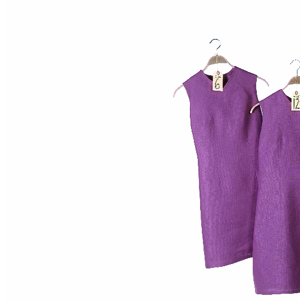
Q: I would like to order buttons online but am confused by the sizing. Can you explain how buttons are measured?
A: Threads Senior Technical Editor Carol J. Fresia replies: It’s tricky when you have the buttons in hand, but even more so when working with online descriptions. There are three common ways to designate a button’s size, and manufacturers and retailers seem to use any or all of them.
Since the majority of buttons are round, they are measured by diameter. Other button shapes are usually measured along their longest dimension. The measurement may be given in inches, millimeters, or “ligne,” abbreviated as “L,” or some combination of these. One ligne is equal to 1/40 inch. This unit was developed in the late 18th century. (Lignes are also used in watchmaking and to measure the width of men’s hatband ribbons, but in those cases, the unit is closer to 1/12 inch.)
Converting dimensions from one unit of measure to another is almost guaranteed to produce variation in the listed button size, due to changing from fractions to decimals and back again, and rounding up or down along the way. Charts I’ve consulted, for example, designate an 8-mm button as 12L or 14L. One ligne is small at approximately 0.635 mm, so the difference is minuscule. Millimeters or sixteenths of an inch are the smallest units marked on most standard measuring tools intended for sewing, therefore, they are the most practical units to use when selecting a button size.
Note that these measurements account for only the diameter of the button and are most useful for flat buttons. If you’re replacing a garment’s flat buttons with thicker, rounded, or domed buttons, you may need to select a smaller diameter so they can fit through the existing buttonholes.




































With Dome or Normal shaped buttons it is helpful to wrap a thin strip of paper (I actually use TYVEK; the Builders House Wrap which is malleable and strong even when cut to 1/8th " wide strips) around the whole button, excluding any shank loop on the back, then fold it so as to mark the actual circumference of the button/sphere/half sphere. That measurement halved is a good starting point for the length of the buttonhole, and since one ALWAYS makes practise buttonholes on scraps of the actual fabric complete with interfacing etc before making any on the garment, you can then adjust downwards as needed. The actual fabric; it's weightyness or 'Hand' as well as whether it is naturally slippery such as Satin, or stiff like some Denims can affect the size of the buttonhole. So ALWAYS MAKE TRIAL ONES; Hand Sewn, Machine Stitched, or Bound ones.